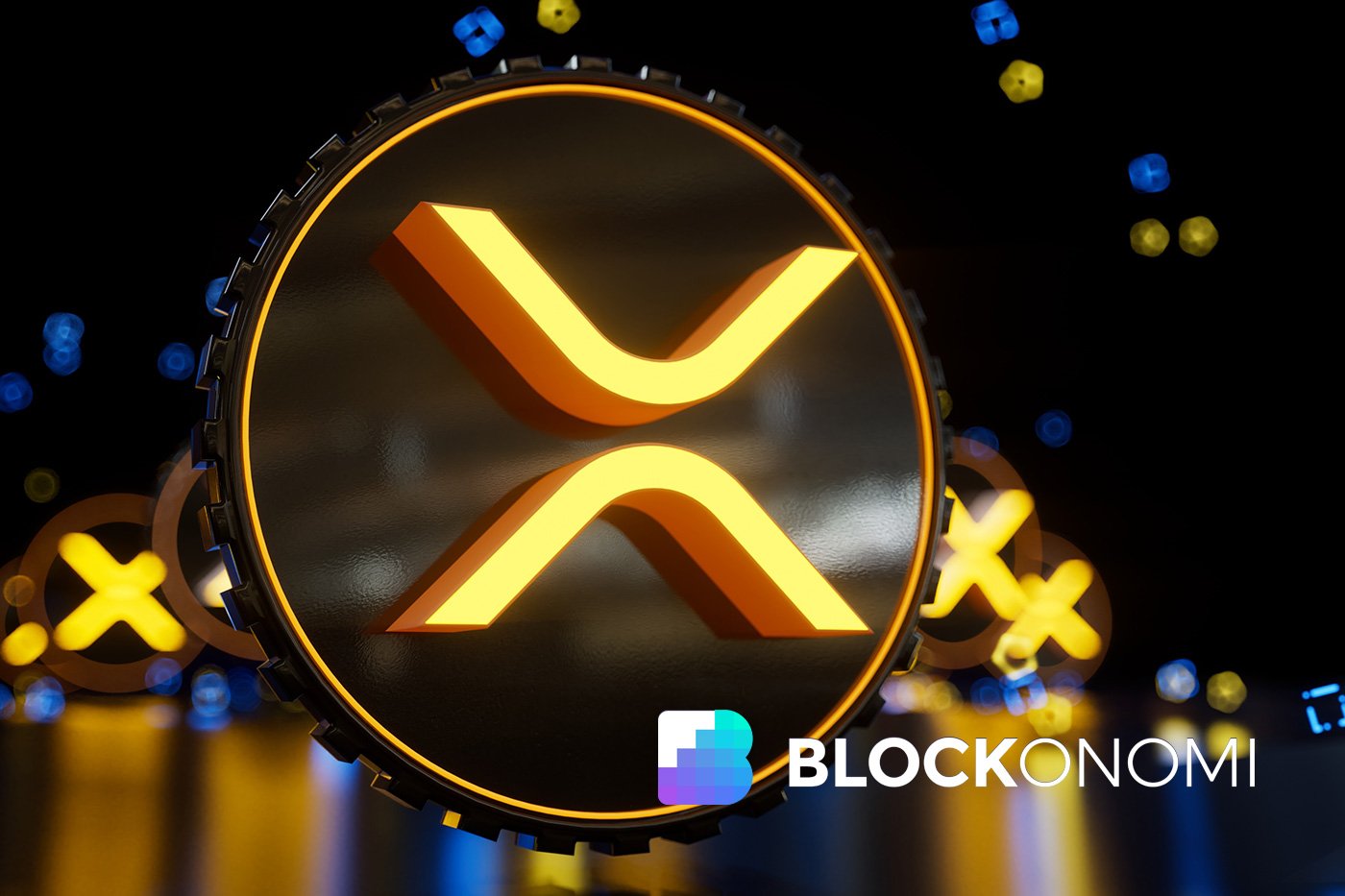ARTICLE AD BOX
It turns out that Vitalik Buterin wasn’t satisfied with the first overhaul to Ethereum’s consensus mechanism—despite many years of technical tinkering and debate.
In a Monday blog post, the Ethereum co-founder pondered several potential improvements to Ethereum’s proof-of-stake model. That included lowering financial barriers for solo stakers, as well as improving the amount of time it takes when finalizing Ethereum blocks.
Two years ago, “The Merge” fundamentally changed how Ethereum’s transactions are validated. Instead of relying on a network of power-hungry computers to keep the network secure, Ethereum transitioned to a system where assets are dedicated to the network by validators.
Validators earn rewards by assembling blocks of transactions and attesting to the accuracy of others made. To participate in that process, validators lock up 32 ETH ($84,000), effectively as skin in the game. However, Buterin believes that threshold could be lowered significantly to 1 ETH ($2,600).
“Poll after poll repeatedly show that the main factor preventing more people from solo staking is the 32 ETH minimum,” he wrote. “Reducing the minimum to 1 ETH would solve this issue, to the point where other concerns become the dominant factor limiting solo staking.”
The pace at which new validators are securing Ethereum’s network has slowed recently. Since surpassing 1 million active validators in April, around 73,000 validators have joined, according to beaconchai.in. Within the past month, that figure has totalled just under 3,000.
Lowering Ethereum’s staking requirement for validators could also address some of the network’s centralization concerns. Currently, Lido Finance, the leading decentralized platform for liquid staking ETH, accounts for 28% of all staked Ethereum, according to a Dune dashboard.
The second portion of Buterin’s proposed improvements focused largely on transaction finality. The term refers to an Ethereum transaction that’s included in a block that can’t be changed.
As of now, it takes around 15 minutes for an Ethereum transaction to become finalized, Buterin wrote. This is because Ethereum’s progress is measured in epochs, which occur every 6.4 minutes. Each epoch is composed of 32 slots, typically yielding a new block every 12 seconds.
As explained by Blocknative CTO and co-founder Chris Meisl, after two epochs pass, it becomes unviable—from a cost perspective—for an Ethereum block to be reverted by an attacker. At that point, “you can consider it extremely safe,” he wrote in a blog post last year.
Buterin wrote that “single-slot finality” would reduce finalization times to every 12 seconds. In combination with lower staking requirements, it would bring “Ethereum's properties in line with those of (more centralized) performance-focused [layer-1] chains,” he wrote.
However, Buterin acknowledged that there are several approaches to making single-slot finality work, ranging from a brute force option involving advanced cryptography to a two-tiered system for stakers.
Buterin’s blog post comes amid increasing debate surrounding layer-2 networks. While Ethereum’s Dencun upgrade introduced a new way for them to offer users lower transaction costs in March, it has also contributed to an inflationary period in Ethereum’s circulating supply.
Meanwhile, Ethereum’s core developers are preparing for the network’s next major upgrade, Pectra. Tweaking the way that Ethereum stakers earn rewards too, the upgrade’s first portion is expected to ship some time early next year.
Edited by Andrew Hayward
Daily Debrief Newsletter
Start every day with the top news stories right now, plus original features, a podcast, videos and more.
 (1).png) 10 months ago
461905
10 months ago
461905










 English (US) ·
English (US) ·